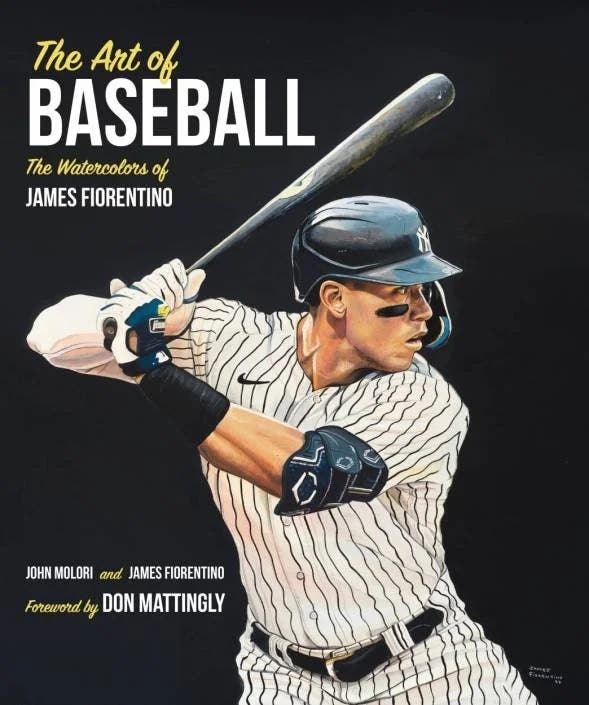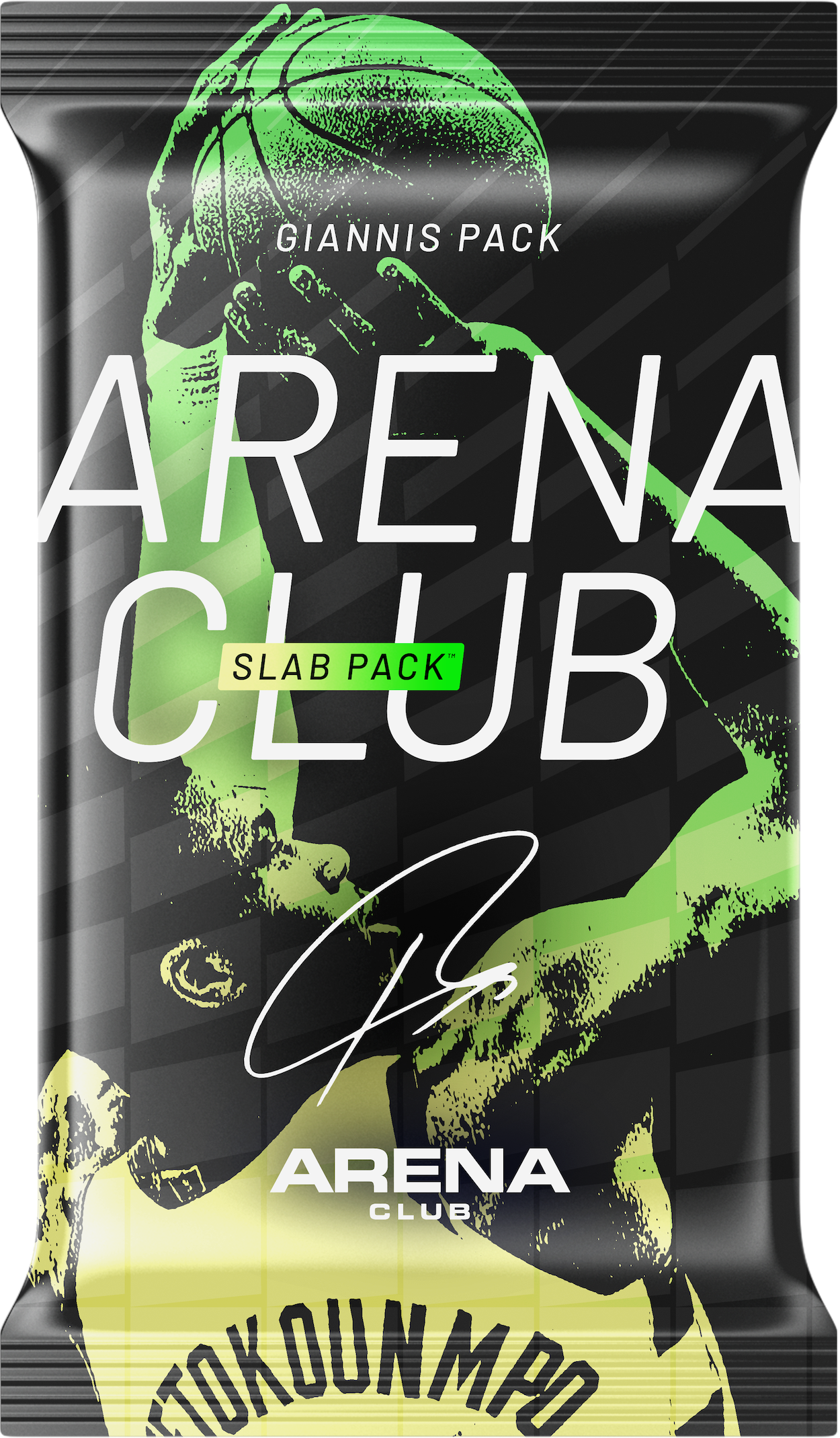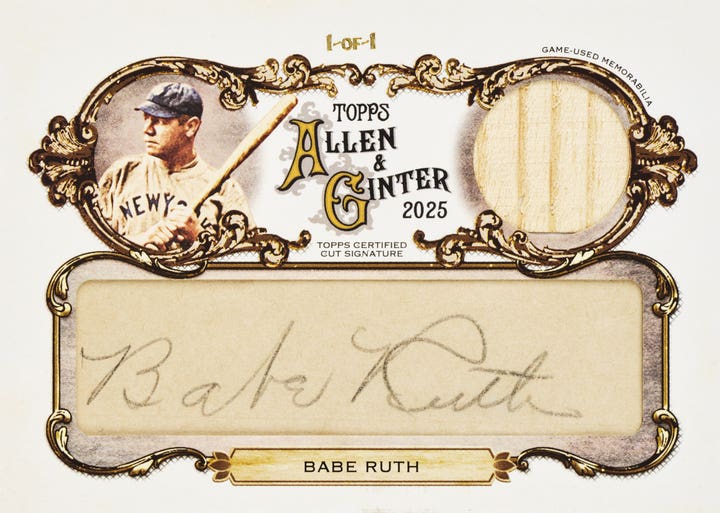The legend of Babe Ruth was built by his performance on the field. "The Babe" played in 2,503 games and hit 714 home runs during his career. He posted a lifetime batting average of .342 and was the first player to hit a home run at Yankee Stadium. He was also the first player to hit a home run in an All-Star Game. "The Babe" was the first player to ever hit 60 home runs in a season and essentially became baseball's first great slugger.
Born George Herman Ruth, he came from humble beginnings. When George Ruth was seven years old his father took the boy to St Mary's Catholic Industrial School for Boys and signed over custody to the Xaverian Brothers. At the school, Brother Mathias had a very positive influence on the George's life, providing him with a positive influence and passing on his passion for baseball.
When George was 19, Jack Dunn, owner and manager of the Baltimore Orioles, saw Babe play and signed him to a contract. When the other players saw Ruth they referred to him as "Jack's newest babe," and from then on he became known as Babe Ruth.
Boston purchased Babe's contract from the Baltimore Orioles and made him a pitcher and outfielder for the Red Sox. "Babe" Ruth compiled a 94-46 lifetime pitching record with an equally impressive 2.28 ERA. The Red Sox owner, Harry Frazee, sold Ruth to the Yankees prior to the 1920 season to help pay for his Broadway productions.
In 1920, Ruth responded by hitting 54 home runs and soon rewrote the record books. He became the home run leader 12 times and over the course of his career averaged a home run every 11.76 at bats. Ruth led the league in RBIs, runs scored, and walks more than any other player ever.
Ruth was more than a ballplayer, he was an American hero. His charisma, ego and appetite for fun and food kept him in the media spotlight. His personality and his tremendous ability made him the biggest attraction in Major League Baseball. When he was informed that he received more money in salary then that of President Herbert Hoover, Ruth responded by saying, "I had a better year than he did."
Ruth played in 10 World Series and has two special moments that will be remembered forever. The first is having the distinction of being the only player to be caught stealing to end a World Series. In Game 7 of the 1926 World Series he was thrown out trying to steal second base.
The second was the "Called Shot." In the 1932 World Series, Ruth was facing Charlie Root when he pointed to the centerfield bleachers and then promptly hit a home run. Conjecture as to whether he actually called his shot has only made his legacy grow. Regardless of whether he called his shot or not, it is the legacy of Babe Ruth that lives on, and that legacy has created an incomparable demand for his autograph.
When is comes to autographs, Ruth is king. Simply put, there is no other athlete, celebrity, or historical figure that creates such a stir and continually brings in the huge dollar amounts like Ruth does. "The Babe" loved to sign autographs, and unlike some stars of today, Ruth was never put off when asked to sign. Lee Allen, a Ruth biographer, estimated that by 1920, Ruth had signed more than 5,000 photographs for children who had written to him.
Overall, Ruth's signature really didn't change significantly from the time he entered the Majors until his death in 1948. When Ruth first came up with the Boston Red Sox one difference was that he would sometimes not sign his name in a straight line, occasionally the "Babe" part would be higher than the "Ruth" part. Such versions of the Babe's signature are seldom seen as he soon became a very consistent signer.
The only other major change that occurred in Ruth's signature happened in the early 1920s. During that time period, Ruth stopped putting quotes around the "Babe" part of his signature (See Example 1). From then on, whenever he signed his name he would do so without the quote marks.
Ruth's signature is very distinctive and there are several key things to look at when examining one. He had incredible penmanship, which is surprising considering St. Mary's Industrial School for Boys did not consider academia a top consideration. Ruth spelled out every letter of his name carefully and neatly, which is not an easy task when trying to sign a baseball with an ink pen. The first letter in both his first and last name always has a "horn" on the "B" in "Babe" and the "R" in "Ruth". The "e" in Babe is a small capital "e" and will flare up and point to where the horn of the "R" in "Ruth" starts.
When he crossed the "t" in "Ruth" it ran through the top of the "h" leaving a heavy ink mark at the tail (See Examples 2-5). These traits were very consistent throughout his life.
Aside from the normal bold script that Ruth usually used, he did alter how he signed his name for a few select items. The most common example of a variation is how he signed his checks. Normally, Ruth would sign his checks "GH Ruth" (See Examples 6 and 7). Babe Ruth checks are very popular and have jumped in price over the last few years, selling from anywhere from $3500 and up. The ultimate example of how the Babe would sign his name appears on award certificates for various baseball promotions. On these certificates Ruth would sign his name "George H. Babe Ruth," a recent example bearing this full length signature sold for $20,000 (See Examples 8 and 9).
In the later years of Ruth's life, there would be occasions where he would be to weak to sign his name himself. In these instances his wife would usually sign for him. These signatures are considered "ghost signatures." Another example of Ruth using a ghost signer was the baseballs used in the Sinclair Oil Contest. The balls were limited to 500, which were prizes for the people who entered the Sinclair slogan contest.
Although there are instances of Ruth using a ghost signer, the bigger problem of forgeries plaguing the market still exists. While a significant number of all autographs sold have questionable authenticity, it is no surprise that the acclaimed Babe Ruth has no shortage of suspect signatures on the market.
It is hard to price a genuine autographed Ruth baseball. Sales of Ruth's signature on baseballs have an enormous range, selling for as little as $1,000 for lesser quality signatures or baseballs having multiple signatures on them.
On the high side, exceptionaly conditioned baseballs routinely sell for around $30,000, but some nearly pristine examples have reached more than $100,000 at auction. The range of the price of his signature is kinked to the signature's quality. Most balls will fall between $5,000 and $15,000.








